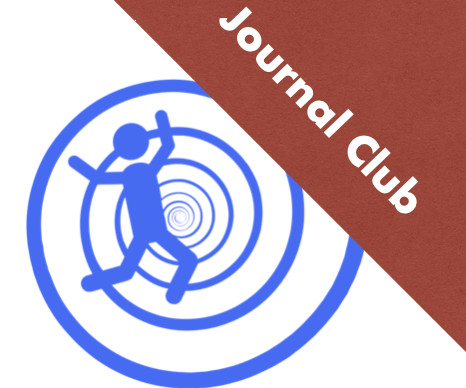EM@3AM: Brainstem Strokes
EMDocs
MAY 11, 2024
Answer : Brainstem stroke specifically in the pons resulting in locked in syndrome. CT head without contrast 1 is performed and reveals the following: Question: What is the diagnosis?

EMDocs
MAY 11, 2024
Answer : Brainstem stroke specifically in the pons resulting in locked in syndrome. CT head without contrast 1 is performed and reveals the following: Question: What is the diagnosis?

Taming the SRU
SEPTEMBER 18, 2024
They set out to create a risk score to apply to patients who present to the ED with vertigo which would identify the patients at risk for serious pathology (which they defined as stroke, TIA, vertebral artery dissection, or brain tumor). Another limitation that is discussed is how “stroke” and “TIA” were determined in the study.
This site is protected by reCAPTCHA and the Google Privacy Policy and Terms of Service apply.

RebelEM
FEBRUARY 29, 2024
1, 2 Its occurrence often portends worse outcomes in intubated patients, whose projected hospital course was already tenuous. 3, 6 Among patients with stroke or traumatic brain injury (TBI), the risk may be as high as 28%-76% and 23%-60%, respectively. 4, 8 Paper: Dahyot-Fizelier, C., 4, 8 Paper: Dahyot-Fizelier, C.,

RebelEM
JUNE 26, 2023
Interventions such as early application of hemorrhage control, tranexamic acid, reduction of crystalloid fluid administration and balanced ratio blood product transfusion have improved many patients’ outcomes. However, mortality still remains high due to trauma-induced coagulopathy. Severe acute traumatic coagulopathy = PT >1.5

EMDocs
OCTOBER 30, 2023
2 In response to the constrained availability of contrast media, emergency medicine (EM) and radiology departments were compelled to enact modifications in their imaging techniques. 3 A study of CT use trends in the ED has shown increasing use of CTs by almost 60% from 2005 to 2013. 11 Table 1.

Don't Forget the Bubbles
JUNE 30, 2023
The primary outcome was 28-day mortality – TXA improved survival with no increased risk of cerebral clots. Survival was better, both at 24 hours and six months, in the TXA group, although the primary outcome, a quality of life score at six months, called the Glasgow Outcome Scale Extended (GOS-E), was the same in both groups ( 53.7%

Don't Forget the Bubbles
FEBRUARY 5, 2025
E.g. burns, neurosurgery, interventional radiology. There is significant evidence in adults and developing in the paediatric population that TXA results in better outcomes if given early in patients with mild to moderate traumatic brain injury (TBI) and does not cause harm. Breathing – Dyspnoea, subcutaneous emphysema.
Let's personalize your content